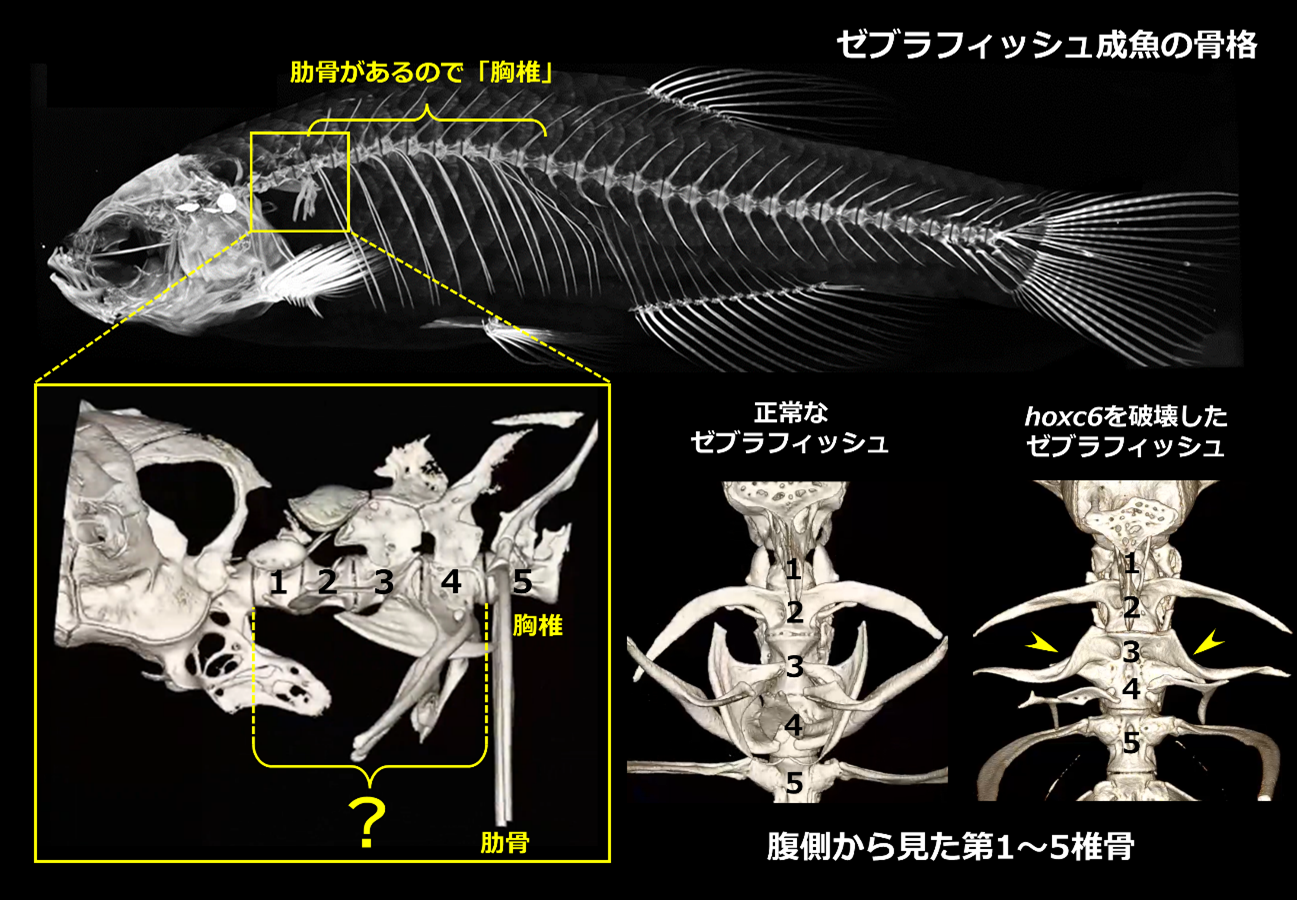2024-07-04 ペンシルベニア州立大学(PennState)
<関連情報>
- https://www.psu.edu/news/research/story/re-engineering-cancerous-tumors-self-destruct-and-kill-drug-resistant-cells-0/
- https://www.nature.com/articles/s41587-024-02271-7
選択遺伝子ドライブで腫瘍の進化をプログラムし、薬剤耐性と積極的に闘う Programming tumor evolution with selection gene drives to proactively combat drug resistance
Scott M. Leighow,Joshua A. Reynolds,Ivan Sokirniy,Shun Yao,Zeyu Yang,Haider Inam,Dominik Wodarz,Marco Archetti & Justin R. Pritchard
Nature Biotechnology Published:04 July 2024
DOI:https://doi.org/10.1038/s41587-024-02271-7

Abstract
Most targeted anticancer therapies fail due to drug resistance evolution. Here we show that tumor evolution can be reproducibly redirected to engineer therapeutic opportunity, regardless of the exact ensemble of pre-existing genetic heterogeneity. We develop a selection gene drive system that is stably introduced into cancer cells and is composed of two genes, or switches, that couple an inducible fitness advantage with a shared fitness cost. Using stochastic models of evolutionary dynamics, we identify the design criteria for selection gene drives. We then build prototypes that harness the selective pressure of multiple approved tyrosine kinase inhibitors and employ therapeutic mechanisms as diverse as prodrug catalysis and immune activity induction. We show that selection gene drives can eradicate diverse forms of genetic resistance in vitro. Finally, we demonstrate that model-informed switch engagement effectively targets pre-existing resistance in mouse models of solid tumors. These results establish selection gene drives as a powerful framework for evolution-guided anticancer therapy.


